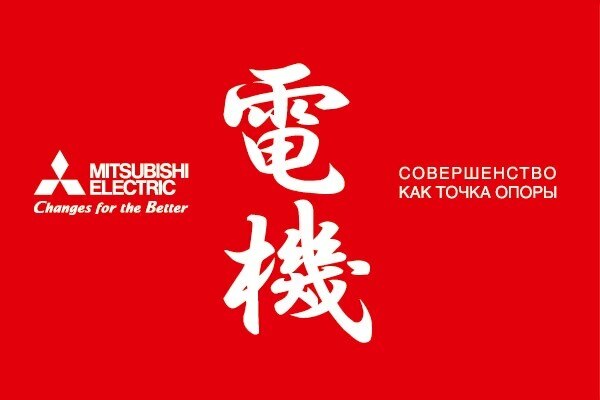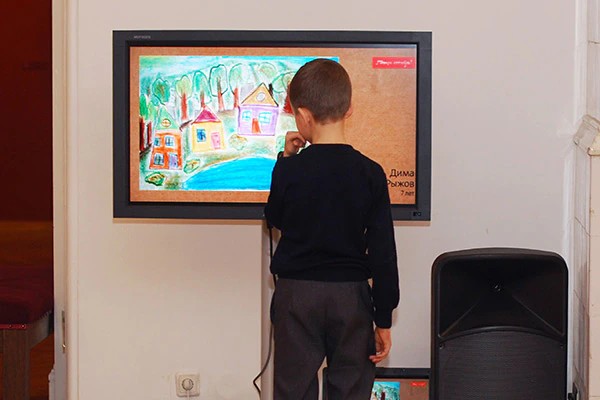Пресс-релизы
Обратите внимание, что приведенные данные точны на момент публикации и могут быть изменены в будущем без уведомления.
На этой странице показаны только самые последние элементы. Для получения полного архива пресс-релизов нажмите «Поиск по категории или году».
Бесплатный поиск по словам
Пресс-релизы, опубликованные на этом сайте, можно искать с помощью бесплатного поиска по словам.
Поиск по категории или году публикации
Нет статей для указанного вами состояния.



